The winter chill has settled in at the Ogden Nature Center and the last of the leaves are falling. However, our habitat restoration projects are still ongoing! During the fall and even into early winter, our staff and volunteers focus on seeding various habitats such as uplands, wetlands, and wildflower patches. Keep an eye out for new native flowers on the Visitor Center roof next spring!
The process of spreading native seed mixes throughout the landscape is crucial for habitat restoration efforts, particularly in areas where we’ve removed invasive species or where the ground has been disturbed. By spreading different native seed mixes we can prevent invasive species from taking over and create valuable wildlife habitat which includes seed mixes best adapted to use for wildlife food and shelter. Native species include shrubs like sagebrush, chokecherry, and serviceberry; grasses such as Great Basin wild rye and western wheatgrass; wildflowers like penstemons, blanketflowers, and globemallow; and wetland species including different rushes and sedges. This fall, we have already seeded over 35 acres of the ONC landscape, including ONC North, with more to come!
It may seem that spring is the best time to plant seed, but for most Utah native species, the fall is actually the ideal time. This is because these species require stratification, which means that the seeds need to undergo extended periods of cold and wet conditions before they can germinate. Stratification is a clever adaptation that ensures that the seeds do not germinate too early, like during an unusually warm fall, before the proper season arrives the following year. If the seeds germinate too early, they may not complete their lifecycle before winter arrives, and they will die off before reproducing.
Visit ONC next year to witness the emergence of new native plants and the incredible wildlife that rely on them.
